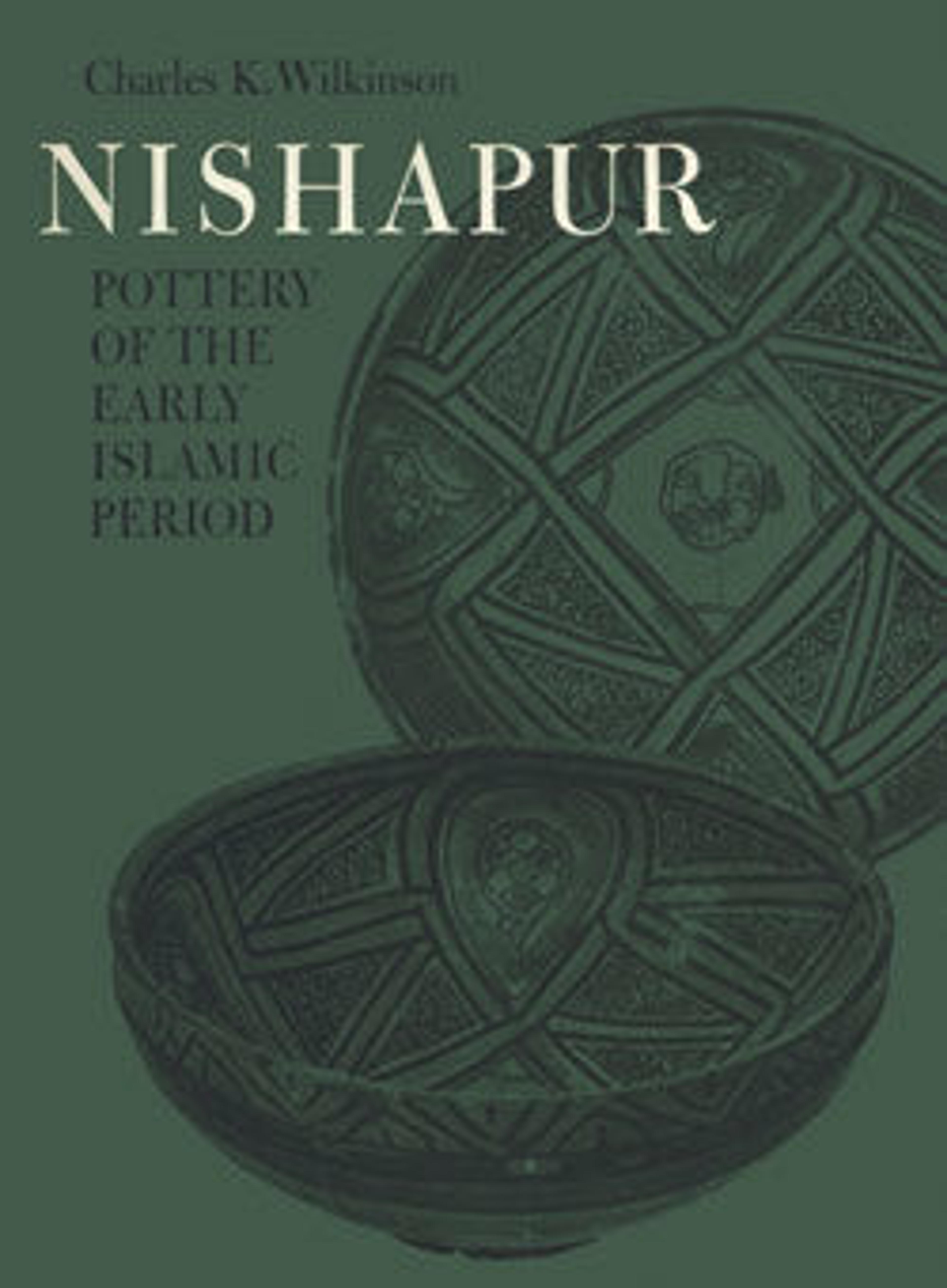Bowl with Black and White Geometric Decoration
This large bowl excavated from Nishapur is an example of the remarkable uses to which slip painting was put in eastern Iran during the tenth and eleventh centuries. This decorative technique, in which solutions of colored and semi-fluid clay called slips are used to coat earthenware vessels, was employed throughout the Islamic Near East but was particularly popular in greater Iran. Here, the reddish color of the earthenware body is completely masked by a coating of thick white engobe. On top of this, a simple geometric pattern was painted in another jet-black slip around the edge of the rim. A single black dot adorns the middle of the bowl at its base. The potter’s artful juxtaposition of black on white and the selection of rhythmic decorations that emphasize the bowl’s round form spoke to the sensibilities of collectors and archaeologists alike in the early twentieth century, making this type of ware one of the most popular among connoisseurs.
Artwork Details
- Title: Bowl with Black and White Geometric Decoration
- Date: 9th century
- Geography: Attributed to Iran or Central Asia. Excavated in Iran, Nishapur
- Medium: Earthenware; white slip with black slip decoration under transparent glaze
- Dimensions: H. 3 1/2 in. (8.9 cm)
Diam. 10 1/4 in. (26 cm) - Classification: Ceramics
- Credit Line: Rogers Fund, 1936
- Object Number: 36.20.28
- Curatorial Department: Islamic Art
More Artwork
Research Resources
The Met provides unparalleled resources for research and welcomes an international community of students and scholars. The Met's Open Access API is where creators and researchers can connect to the The Met collection. Open Access data and public domain images are available for unrestricted commercial and noncommercial use without permission or fee.
To request images under copyright and other restrictions, please use this Image Request form.
Feedback
We continue to research and examine historical and cultural context for objects in The Met collection. If you have comments or questions about this object record, please complete and submit this form. The Museum looks forward to receiving your comments.
